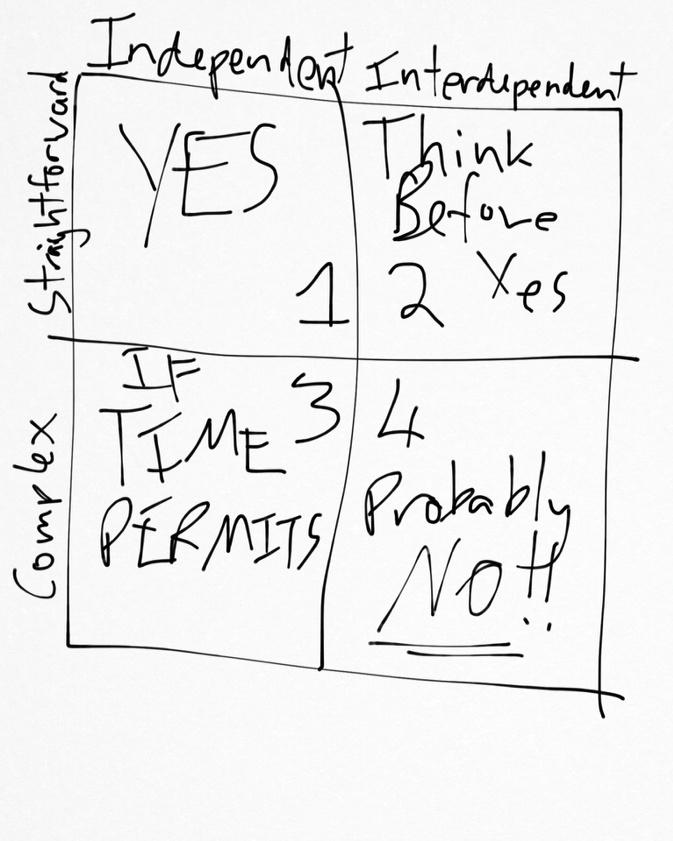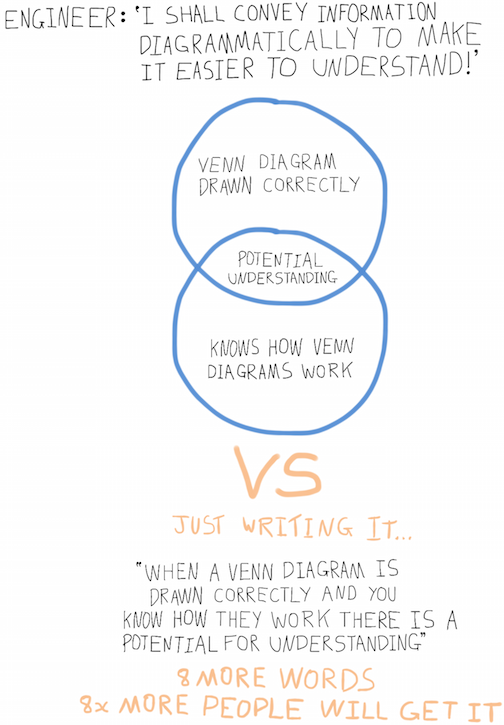Herein you’ll find articles on a very wide variety of topics about technology in the consumer space (mostly) and items of personal interest to me. I have also participated in and created several podcasts most notably Pragmatic and Causality and all of my podcasts can be found at The Engineered Network.
Taking A Break From Live
In late August I started podcasting live as an experiment. At this time I’m putting Live shows on hold due to the additional overhead it creates and my ever reducing time constraints as I run up to Christmas. I’d rather spend that time on preparation for the episodes.
When time is tight you have to cut something and for the moment that’s the Live recording. To those fans of the show that tuned in live regularly, my apologies for the next few weeks however I do promise to revisit the live shows in early 2015 when the dust has settled.
Should You Choose To Accept It
Twitters recent commentary of their new mission statement (or Strategy Statement) has sparked a minor discussion/derision amongst tech followers that is worth a quick mention. The naming isn’t really that important, whilst some would argue that the vision or mission or strategy statement are all subtlely different documents, the way they are created isn’t and the average employee either can’t tell the difference or doesn’t appreciate whatever subtle differences exist. For these reasons, I’ll talk about “Mission” statements as a generic reference to all such company statements.
Full Disclosure Yes I’ve been involved with developing mission statements in the past and yes my eyes rolled constantly throughout the process each time and I had to close them to prevent them rolling out of my head.
Whether you should choose to accept it or not (Jim), Mission Statements, Vision Statements and the like are common-place in business. It is a widely held belief that they are necessary for a multitude of reasons but primarily to provide a high-level “guidance” to employees that need an employment compass of sorts. Beyond that there’s also the occasional back-room back-slapping between high-level management about how great each others mission statements are.
Mission Statements are developed, usually in long, drawn-out meetings by people wearing expensive suits and ties that are the “decision makers” and “change agents” of the organisation. Typically these people are far removed from the practical execution of day to day work and come from a variety of different backgrounds. Many have not executed practical work (being what the company actually produces as a product or a service) in many years and all of these elements conspire to drive most mission statements to sound the same.
John’s Rules Of Collaborative Fluff Making
Rule 1 More Minds More Dilution
“We absolutely need the VP in charge of XXX involved,” said the CEO, CFO, CIO, CTO etc when selecting who was invited to the corporation direction resolution meeting. Ultimately the balance between enough people and too many people goes well beyond this kind of exercise but with each additional participant, each adds their own ideas and their own take on the mission of the company. Each tries to comprehend or reword each others contributions into wording that “everyone” in the group can understand, diluting its original intent.
Whilst a strong chair can sometime reign this behaviour in and stay focussed more often than not the ideas get diluted down the more people you add. The more dilute the statement becomes, the less value it has.
Rule 2 Diverse Backgrounds Tend to Diverse Statements
Groups that create these statements can come from widly different backgrounds, technical, management and others. Some are engineers, others are project managers by profession, artitects, people with MBAs, marketers, salespeople and so on.
Diversity can be a good thing: giving the group different perspectives on problems. However when it comes to creating a concise, overall direction for a company, the diverse backgrounds drives mutiple diverse statements to accomodate each of their backgrounds and experiences. This drives the statements to be too verbose, too wide or far-reaching and less focussed.
Too often companies end up with a dot-point list with each sub-section given their own dot-point as a way of making sure every background is accounted for. The result is a broad, unfocused, and mostly inapplicable statement to any given employee.
Rule 3 As Distance from Producing Work in the Present Increases So Does Vaguness
Executives and upper management positions are far removed from producing the product or service the company makes and the specifics become lost on them. The counter-arguement is that a direction shouldn’t be too specific and that’s fine, however add in the requirement to think longer term and it’s easy to lose focus on the near term goals of the company.
Someday the company might want to branch out into other businesses and directions and this tends to drive the statement. In some cases that’s the point, but in most cases it creates vagueness and reduces the usefullness of the statement in the present.
Rule 4 Ignorance Corrupts Good Concepts
I’ve had direct, focussed, helpful additions to mission statements scrapped because they weren’t understood by others in the group. Their ignorance dragged the mission back to a “pared back” diluted version of the mission. If the vast majority of the company understands something measurable, like 4-9s availability for example, but several executives don’t, something tangible, measureable and an attainable goal is removed and “will strive to provide 4-9s availability” becomes “will strive to provide industry best practice”.
Some Bad Examples
These are examples of phrases that may have meaning at an executive level but no meaning to anyone else in the organisation, aren’t measurable or useful:
- Increase shareholder value
- Aligned around a strategy
- Great working environment
- Conduct business in a responsible and environmentally sustainable manner
I have no issue with the idea of a Mission Statement: providing a high-level guidance and setting a compass direction for an organisation is useful to prevent car companies from spontaneously opening gingerbread house confectionary stores even if those houses are somehow in the shape of the cars they make.
For Mission Statements to be useful they need to be specific, actionable and relevant. Unfortunately the way in which they are ordinarily produced in a committee and the people that tend to produce them seems to result in a statement that is watered down, generic and ultimately directionless dribble.
Four Quadrants
All designs consist of components. They can be broken down into smaller and smaller components/elements to the point at which they can be classified in two key aspects (all measures are relative to the overall project cost):
- Straightforward (Small number of hours to implement and test)
- Complex (A significant number of hours to implement and test)
Additionally design components and elements can be either:
- Independent (Element is essentially standalone and does not impact/affect other design components)
- Interdependent (Impacts one or more other design components)
Think of it like a matrix:

1st Quadrant Straightforward & Independent
This is where we the developer/design want to be: The “Yes” Quadrant. It won’t take long to implement it and it won’t really affect anything else we’re trying to achieve on the project.
2nd Quadrant Straightforward & Interdependent
It’s great these features are straight-forward to implement however we need to be mindful of the interactions with other system components before we jump in and start implementing otherwise the implementation could cause a ripple effect of additional retesting and modifications to other design aspects.
3rd Quadrant Complex & Independent
In this Quadrant it comes back to schedule, cost and prioritization issues. Ultimately if there’s enough time and money to implement these sorts of features at least they’re independent enough to not affect other aspects of the product.
4th Quadrant Complex & Interdependent
No matter how you slice it, the answer to these should be either A) we need more time and money to implement this or B) No. No - no - NO!
Key Points
- Be clear who exactly your customer is
- Be clear in your feature classifications
- Be honest about how much effort is required to implement a feature
- Be Brutal in saying no to the 4th quadrant activities
I also talk about this on Episode 45 of Pragmatic.
